Berries on currants in a web and dry - what to do?
The appearance of a web on currants can be an unpleasant surprise for a summer resident. If you do not find the cause of this phenomenon in time, you can lose the lion's share of the harvest. In advanced cases, the death of a shrub is possible.
First, you need to conduct a detailed inspection in order to establish which pest has affected the currants. Then immediately take action to kill insects or harmful fungi.
Reasons for the appearance of cobwebs on currants
Despite the fact that currants are considered an unpretentious shrub, the appearance of some diseases and pests on it cannot be avoided. It is the infection with a pathogenic fungus and the attack of insects that lead to the formation of cobwebs on the leaves and berries of this culture.
Powdery mildew (spheroteka)
The first symptoms appear on young shoots in June, when fungal spores begin to grow into the leaf tissue.
At first, the symptoms are expressed as a whitish coating. It is easy to fight the disease at this stage.
In the absence of treatment, the spheroteka manifests itself in the formation of a brown felt plaque, similar to a spider web. By this time, powdery mildew can affect any aboveground parts of the plant. If you do not fight it, the bush weakens. Currants may freeze in winter or die earlier, losing their foliage.
Gooseberry moth
On the site, the pest most often attacks red and black currants, gooseberries, and sometimes raspberries.
The moth butterfly has a nondescript color, the wingspan is about 3 cm. The mass years of the pest begins in the spring with the arrival of heat - the insects immediately begin to reproduce.
Females lay eggs in buds, flowers and formed ovaries. A week later, the larvae are born, which are yellowish caterpillars (later they turn bright green).
The larvae are very active and damage a large number of berries. Their presence on the currant is evidenced by the cobweb that entangled the fruit brushes. On the berries, holes are noticeable, from which the cobweb goes out and entangles the fruits in the neighborhood. As a result, the berries turn black and dry. Without taking action, you can lose up to 90% of the crop.
Pests overwinter in the immediate vicinity of the infected bush, in the upper layers of the soil, having previously pupated.
Currant kidney moth
The name of the pest speaks for itself. Its larvae from the inside give out currant buds. The presence of caterpillars on a plant is always accompanied by the appearance of a cobweb. Closer to flowering, the larvae darken and then turn into pupae. Pupation takes place in the upper soil layers under currant bushes.
In the first days of summer, yellow-brown butterflies appear from pupae. There are also white stripes on the wings. Female individuals lay eggs in the pulp of unripe berries. The hatched caterpillars destroy the fruit, which leads to a strong decrease in yield. Pests overwinter in the currant root zone.
Spider mite
These small arachnids live in colonies numbering more than one hundred individuals. Tick bodies can be greenish or brown in color. Spiders live less than a month, but they manage to give numerous offspring during this period. At the site, the mite spends the winter under fallen leaves or in the upper layers of the soil.
Before the leaves appear on the currants, the pest can temporarily settle on the weeds. After the leaves bloom on the berry, the tick attacks the bush, braiding the shoots with a thin cobweb, and begins to actively suck the juice, piercing the leaves with its proboscis.Puncture sites can be recognized by the appearance of small dots. In the future, the leaves turn yellow, curl and fall off.
The tick is dangerous because it can carry pathogens of viral, bacterial and fungal diseases.
Each female is capable of laying up to 300 eggs, of which larvae appear after a few days. Within a week, the adults become adults and begin to reproduce themselves. Spider mites especially often infect red and white currants.
Leaf rollers
Leaf rollers in the garden attack red and black currants, fruit trees:
- Caterpillars begin their activity in late April - early May, damaging leaf buds, buds, inflorescences and leaving cobwebs in their habitats.
- After the leaves bloom, the caterpillars crawl onto them.
- In case of severe infection, the larvae of the leafworm also damage the fruit.
Butterfly years occurs throughout the summer. During this period, each female lays about 150 eggs. Pests can destroy up to 3/4 of all leaves on a shrub, which negatively affects its yield and winter hardiness. In currants, the immune defense is weakened.
Preventive actions
In order for the currants in the garden to be exposed to various diseases and pests as rarely as possible, it is required to regularly carry out a number of activities to help maintain the shrub in a healthy state.
Prevention measures include:
- the right choice of place when planting seedlings;
- adherence to the landing pattern;
- thinning the crown and garter branches;
- annual sanitary and anti-aging pruning;
- regular loosening and mulching of the soil;
- digging up the soil in order to destroy pests in spring and autumn;
- frequent and careful inspection of the bush;
- carrying out preventive treatments.
To prevent currants from getting sick with powdery mildew and other fungal diseases, when choosing seedlings, you should give preference to resistant varieties.
The very first preventive treatment is carried out in early spring, as soon as the snow melts. You should boil plain water and pour it over the branches of the bush until the buds open. The water temperature for this treatment should be approximately 60 ° C.
In the future, from 8 to 16 preventive spraying is performed per season. They need to be carried out regularly from May to August. The frequency of treatments depends on weather conditions and pest activity.
Since spraying is of a preventive nature, safe folk remedies or biological products are used for them. Usually, a pale pink solution of potassium permanganate, a Bordeaux mixture in 1% concentration, a solution of Fitosporin-M and milk whey (1 liter of serum per 10 liters of water) are used for processing.
Herbal infusions have proven themselves well:
- Infusion of celandine. Fill the bucket with chopped grass to 1/2 height, fill the raw material with water to the top and insist for 24 hours. The finished infusion is filtered and used for spraying.
- Wormwood infusion. The stems and leaves of the plant are crushed, half filled with them in a bucket, and then water is poured. The composition should be infused for 2 days. After that, the infusion is diluted with water in a ratio of 1: 5, and then the leaves and young shoots are sprayed. The bitter taste will scare away pests.
- Infusion of garlic. 1 head of garlic is consumed per 1 liter of water; you do not need to peel the cloves. They are crushed and filled with warm water. The composition should be infused for about a week. After that, the infusion is filtered, diluted in 10 liters of water and used for processing. Instead of garlic, you can take 2 medium onion heads. This infusion perfectly protects currants from pests and fungal infections.
Before processing, it is necessary to tear off the affected leaves from the shrub and burn them. It is better to spray in the morning so that the currants do not get burned in the sun. If the weather is cloudy, you can process the bushes at any time. After rain, unscheduled treatment will be required.
Use of chemicals
If preventive measures did not help and symptoms of pest or powdery mildew infection appeared on the currants, you will have to use more aggressive chemicals:
- The use of fungicides "Topaz" (2 ml per 10 l of water) and "Fundazol" (10 g per 10 l of water) helps well against the defeat of the fungus. In the initial stage of the disease, it is permissible to use Trichodermina (200 g per 10 l of water) and Fitosporin (5 g per 10 l of water).
- Fighting the leaf roll, kidney moth, gooseberry moth, the shrub must be treated with insecticides. It is possible to destroy insects and their larvae with such preparations as "Karate", "Kinmiks", "Iskra", "Chlorofos", "DDT". It is necessary to prepare a working solution in strict accordance with the instructions.
- "Agravertin", "Vertimek", "Kleschevit" are used against spider mites. In addition, mites are afraid of water and high humidity. To destroy them, you can douse the bush with a hose, then cover the currants with plastic wrap for a while. First, you will need to remove the entire web.
For complete destruction of pests, 2-3 treatments may be required. Each of them is carried out with an interval of 7-10 days.
When growing currants, it is imperative to follow agricultural techniques and provide the shrub with full care. Strong, healthy plants can cope with diseases themselves and withstand attacks from harmful insects. An important role in pest control is assigned to the implementation of preventive measures. Unsafe chemicals are recommended when absolutely necessary.
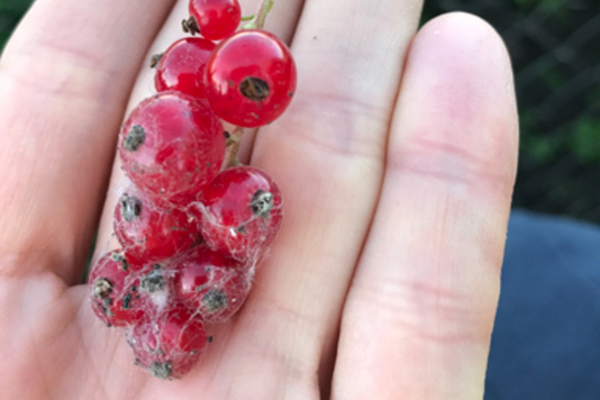

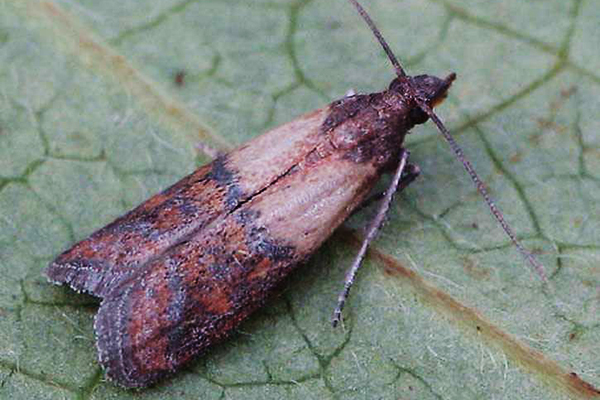

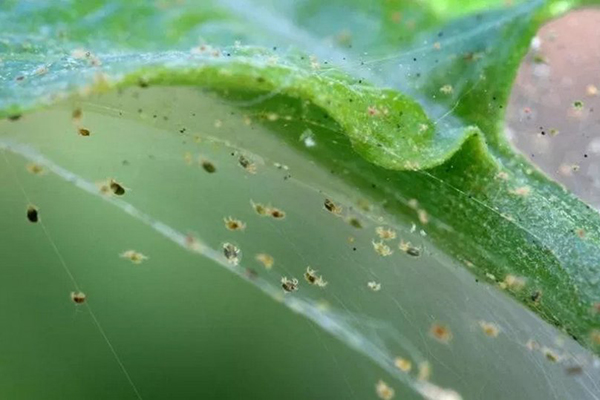
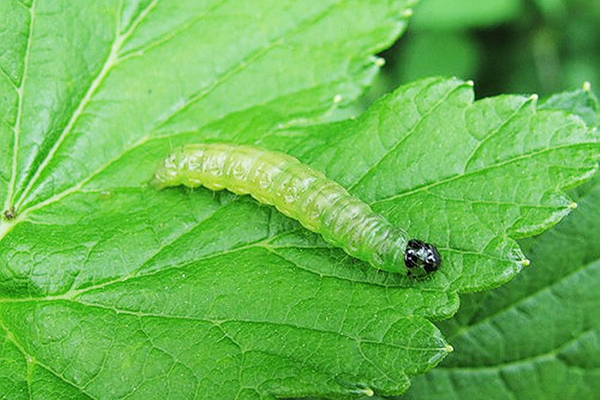
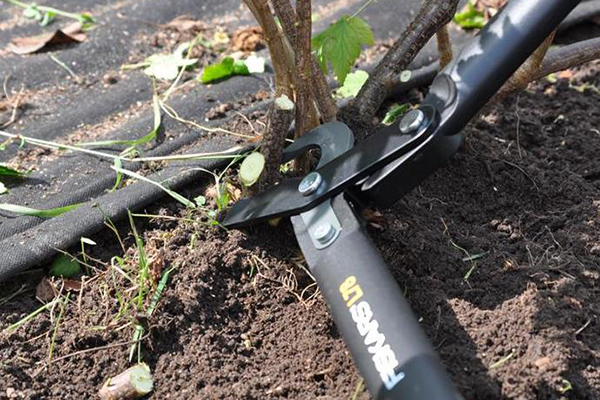
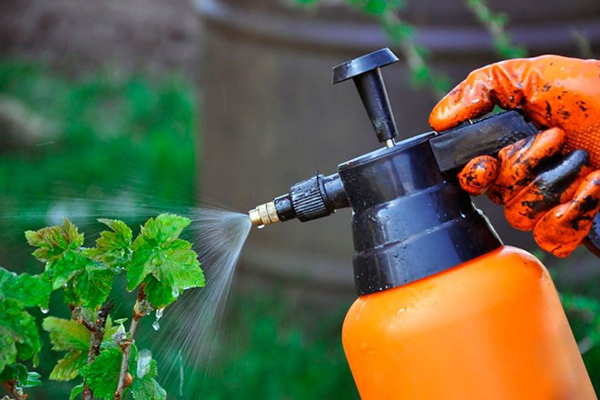
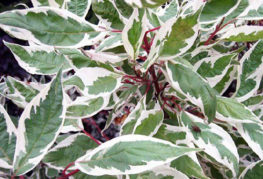
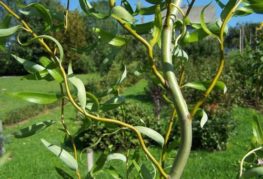
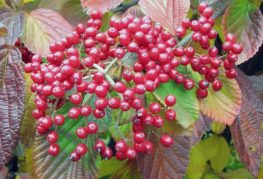
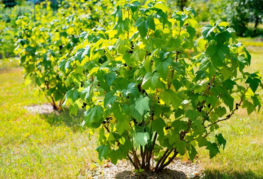


and will be published shortly.